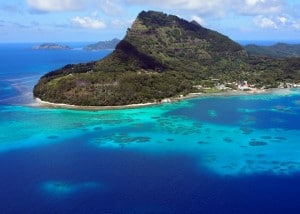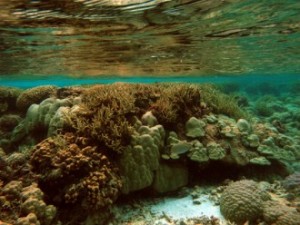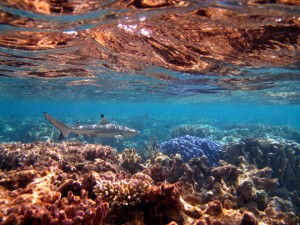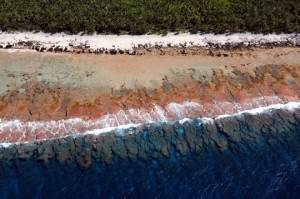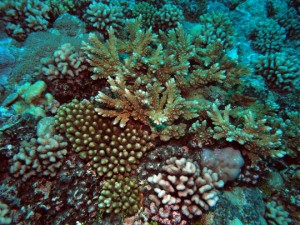
Coral Bommies and Patch Reefs
Navigation hazards are many in Hao Atoll, due to a myriad of submerged patch reefs that rise to the surface from the 60 m deep lagoon floor. These reefs are distributed in a seemingly random pattern. Some are circular and


